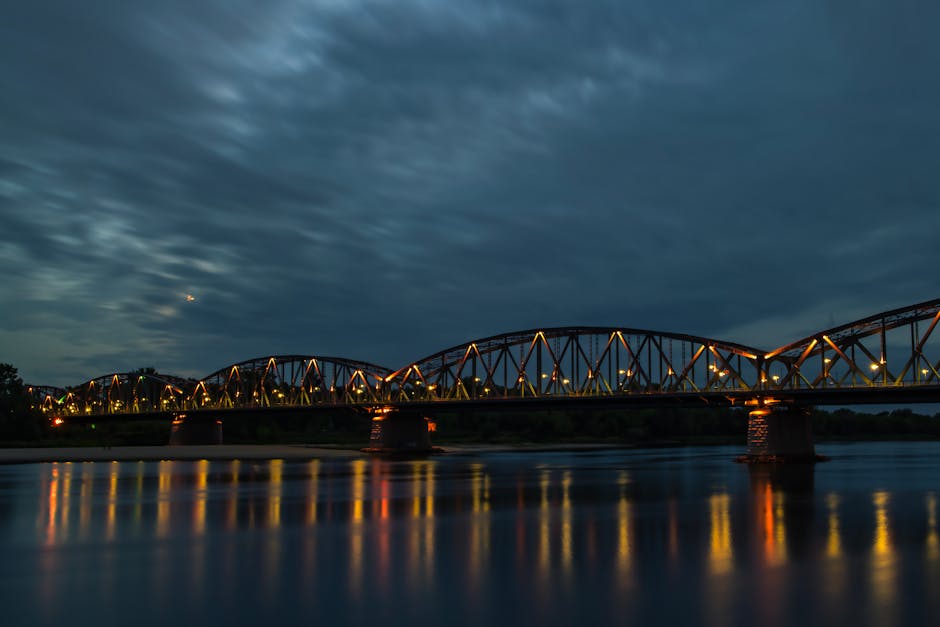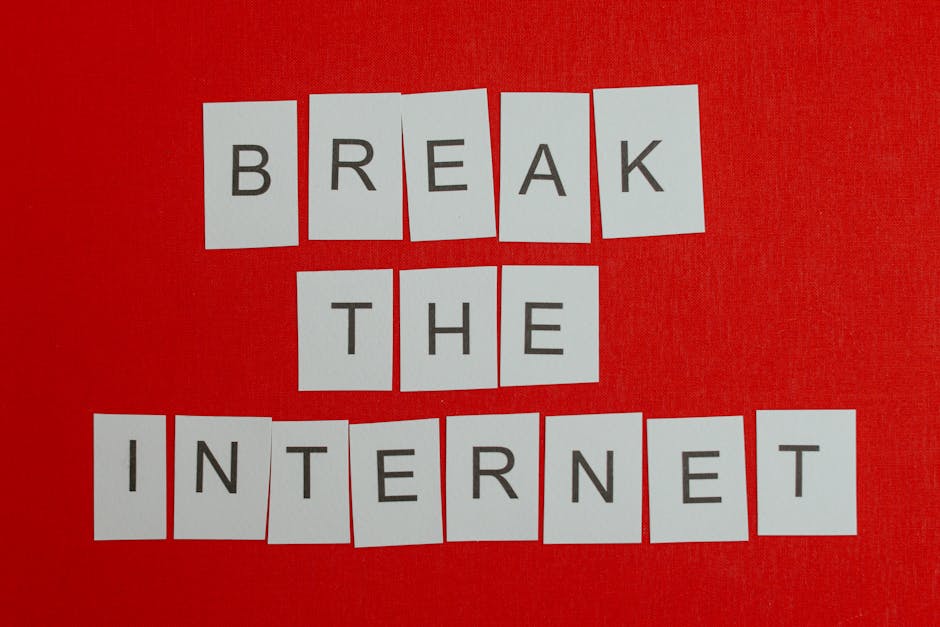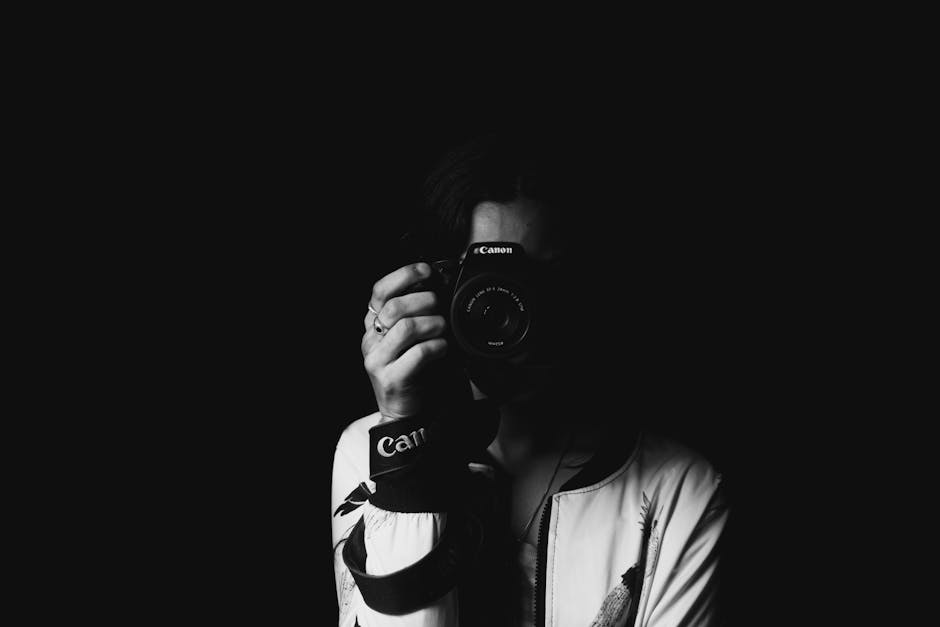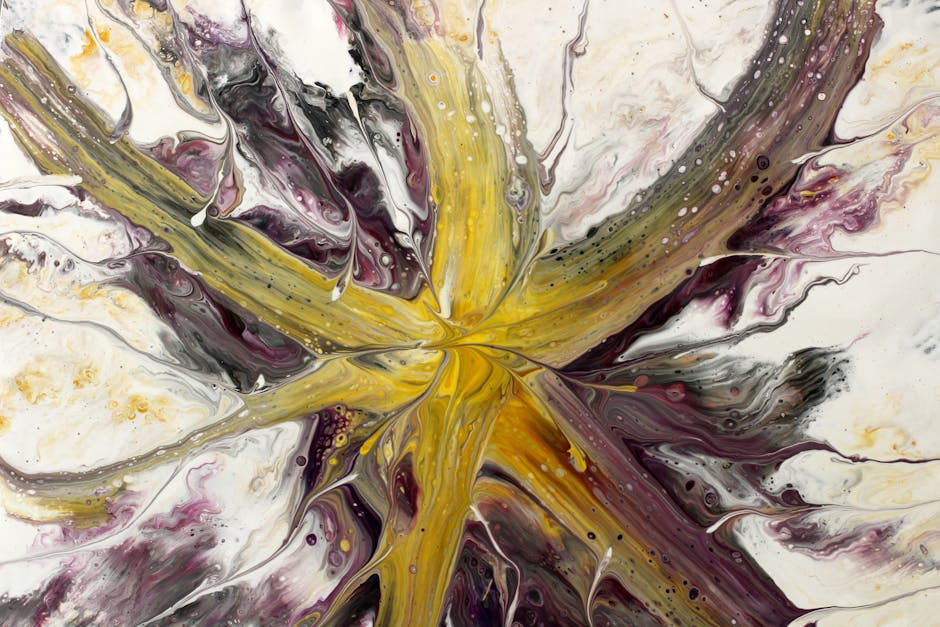Iconic scenes are the heartbeat of film and television, instantly recognizable moments that transcend their stories to become part of our collective imagination. From the chilling suspense of Hitchcock’s shower scene in Psycho to the triumphant embrace on the bow of the Titanic, these cinematic moments shape pop culture, influence generations of creators, and leave indelible marks on audiences worldwide. In this exploration, we’ll dive deep into what makes a scene iconic, how these moments are crafted, and why they continue to resonate long after the credits roll.
The Anatomy of an Iconic Scene

Photo by Krzysztof Jaworski-Fotografia on Pexels
What transforms an ordinary film moment into an iconic scene? It’s more than just clever dialogue or striking visuals—it’s a convergence of storytelling, performance, music, and emotion that etches itself into memory. Iconic scenes often deliver a powerful narrative punch, distilling the essence of a film’s themes or a character’s journey into a single unforgettable moment.
Take, for example, the shower scene in Psycho. Alfred Hitchcock didn’t just create a moment of shock; he redefined the horror genre and set a new standard for suspense. The rapid editing, screeching violins, and Janet Leigh’s terrified performance created a visceral experience that audiences still reference today. Similarly, the moonlit bicycle flight in E.T. captures a sense of wonder and freedom, symbolizing hope and the magic of childhood. Each element—lighting, music, acting, and camera work—works in harmony to evoke emotion and embed the scene in cultural memory.
Iconic scenes are also often the product of risk-taking. Directors and writers push boundaries, whether by shocking audiences, breaking narrative conventions, or delivering unexpected emotional truths. These risks pay off when a scene resonates so deeply that it inspires parodies, homages, and even changes the way stories are told across media.
How Iconic Scenes Shape Pop Culture

Photo by Cup of Couple on Pexels
Iconic scenes don’t just stay within the confines of their original films—they ripple outward, influencing fashion, language, advertising, and even social movements. When Julie Andrews spins atop an Austrian mountain in The Sound of Music, the image becomes shorthand for joy and freedom, replicated in countless commercials and parodies. The Joker’s menacing “Why so serious?” from The Dark Knight is more than a line—it’s a cultural catchphrase that challenges norms and inspires everything from Halloween costumes to internet memes.
Some scenes become touchstones for entire genres. The upside-down kiss in Spider-Man redefined superhero romance, influencing how intimacy and vulnerability are portrayed in action films. Elsa’s transformation in Frozen, accompanied by the anthem “Let It Go,” sparked a global phenomenon, empowering viewers to embrace their uniqueness and inspiring a wave of Elsa-themed costumes and merchandise.
These moments often transcend generational boundaries. Parents share their favorite scenes with children, and references to classic moments appear in new films, television shows, and music videos. This cycle of homage and reinvention ensures that iconic scenes remain relevant, adapting to new contexts while preserving their original magic.
The Emotional Power of Iconic Scenes

Photo by RDNE Stock project on Pexels
At their core, iconic scenes tap into universal emotions—fear, joy, love, loss, triumph, and despair. They serve as cathartic releases for audiences, allowing viewers to experience intense feelings in a safe, shared space. The emotional impact of these moments is often heightened by the context in which they occur: a character’s journey, the stakes of the story, or the culmination of a long-building conflict.
Consider the emotional weight of the “Rosebud” revelation in Citizen Kane. The scene distills a lifetime of longing and regret into a single word, prompting viewers to reflect on their own desires and memories. In Saving Private Ryan, the brutal realism of the Omaha Beach landing and the personal sacrifices depicted create a sense of collective mourning and gratitude that lingers long after the film ends.
Music and sound design play crucial roles in amplifying these emotions. The swelling score during Titanic’s bow scene, the silence before the chestburster emerges in Alien, or the rhythmic chanting in Gladiator all serve to heighten the audience’s emotional response, making the scenes unforgettable.
Crafting an Iconic Scene: Techniques and Secrets

Photo by Sol Fotografías on Pexels
Behind every iconic scene lies a blend of creative decisions and technical mastery. Directors meticulously plan camera angles, lighting, and pacing to maximize impact. Editors shape the rhythm and flow, while composers and sound designers build emotional resonance. Actors, too, bring vulnerability and authenticity, grounding even the most fantastical moments in genuine emotion.
One key technique is subverting expectations. When audiences are led to anticipate one outcome and are delivered another, the shock or surprise can cement a scene’s place in cinematic history. The chestburster scene in Alien shocked viewers not just with its graphic content, but with its unpredictability and raw terror. Similarly, the mirror monologue in Taxi Driver reveals Travis Bickle’s descent into obsession, with Robert De Niro’s performance and the tight, claustrophobic framing drawing viewers into his fractured psyche.
Symbolism and visual motifs also contribute to a scene’s lasting power. The use of color, recurring objects, or specific camera movements can imbue a moment with deeper meaning. The red coat in Schindler’s List or the spinning top in Inception become visual shorthand for larger themes, inviting viewers to revisit and reinterpret the scenes over time.
Iconic Scenes and the Evolution of Storytelling

Photo by Kindel Media on Pexels
As storytelling evolves, so too do the types of scenes that become iconic. Advances in technology, shifts in cultural values, and new narrative structures all influence which moments capture the public’s imagination. While early cinema relied on spectacle and melodrama, modern films often find their iconic moments in subtlety, ambiguity, or meta-commentary.
The rise of serialized television has also expanded the canvas for iconic scenes. Shows like Breaking Bad, Game of Thrones, and The Sopranos have delivered moments—such as Walter White’s “I am the one who knocks” or the Red Wedding—that rival film in their cultural impact. Streaming platforms and social media now allow scenes to be shared instantly, accelerating their ascent to iconic status and fostering global conversations around them.
Yet, the core ingredients remain the same: authenticity, emotional resonance, and creative risk-taking. Whether through groundbreaking visual effects, daring narrative twists, or profound character revelations, iconic scenes continue to push the boundaries of what storytelling can achieve.
Why Iconic Scenes Endure: The Legacy Factor

Photo by Landiva Weber on Pexels
What ensures that an iconic scene remains relevant decades after its debut? Endurance comes from a scene’s ability to capture something timeless—an emotion, a truth, or a vision of the world that continues to resonate. These moments become cultural touchstones, referenced in new works and reinterpreted by each generation.
Parody and homage play significant roles in maintaining a scene’s legacy. When filmmakers, advertisers, or even fans recreate or riff on an iconic moment, they keep its spirit alive while introducing it to new audiences. The shower scene in Psycho, for example, has been spoofed in everything from cartoons to commercials, each time reinforcing its place in the cultural lexicon.
Iconic scenes also inspire creators across disciplines. Writers, musicians, and visual artists draw from these moments, finding in them a wellspring of inspiration for their own work. The legacy of an iconic scene is thus not just in its immediate impact, but in the creative energy it sparks across time and mediums.
Conclusion: Celebrating the Flow of Iconic Scenes

Photo by Magda Ehlers on Pexels
Iconic scenes are more than memorable moments—they are the lifeblood of storytelling, shaping how we see ourselves, our culture, and the art of narrative itself. By analyzing what makes these scenes so powerful, we gain a deeper appreciation for the craft of filmmaking and the enduring magic of cinema and television. Whether you’re a casual viewer or a devoted cinephile, the next time you find yourself captivated by a film’s unforgettable moment, remember: you’re witnessing the flow of storytelling at its very best.
Sources
- https://thescriptlab.com/blogs/34080-the-most-iconic-movie-scenes-of-all-time/
- https://nofilmschool.com/movies-scenes-pop-culture
- https://pixflow.net/blog/best-movie-scenes-in-contemporary-history-of-cinema/
- https://www.nycastings.com/lights-camera-study-unforgettable-movie-scenes-every-actor-should-analyze/
- https://www.youtube.com/watch?v=YrlJKE-YYAE

